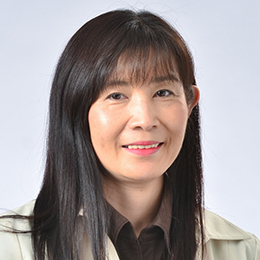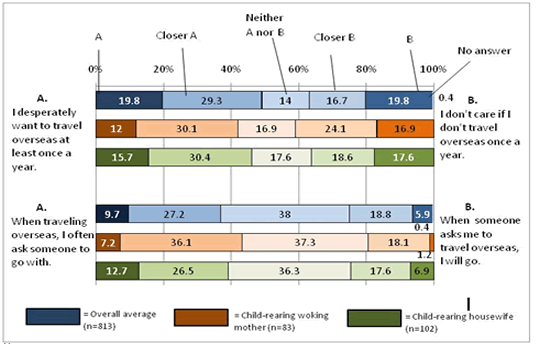Trends of Overseas Travel with Children (Part 1) – Child-rearing mothers are eager to travel abroad
Even though the Japanese economy remains stagnant, the child-related consumption is said to be still vigorous. Leisure activities with kids are no exception.

Hiromi Nakajima Columnist
Families with babies have become more conspicuous in the streets than a decade ago. Some hotel accommodations have started to offer a variety of services designed to appeal to households with small children, with the catch-phrase of “a child-friendly hotel” or “children are welcome”. Internet websites of travel agencies also provide various information concerning traveling with kids.
On the other hand, it remains a question whether favorable circumstances have been established so that households with small children can travel overseas. For many families with small children, overseas trips are still far beyond their reach.
Bearing such a question in mind, this report will cover the current situation of overseas travelers with children in the serial.
To begin with, this article will reveal women’s views of overseas travel, focusing on mothers who travel abroad with kids. Samples of women under the age of 50, who have children in the middle school age and under, have been extracted from a survey data on overseas travel conducted by JTM in 2008 and analyzed.
*Survey Details:
Respondents: women under the age of 50
Sample size: 816 individuals
Definition of “child-rearing working mother”:
Employed woman whose youngest children is in the middle school age and under (83 individuals)
Definition of “child-rearing housewife”:
Unemployed mother whose youngest children is in the middle school age and under (102 individuals)
A large proportion of men continue to travel overseas on business, no matter how their life environment changes. In contrast, female overseas travelers are considerably affected by changes in their lives such as marriage, having babies and raising them. International departure ratio of women by age shows a drastic drop in their 30s when they are likely to get married and start raising children. The ratio further declines in their 40s when higher percentage of women are involved in child rearing. So, it is fair to say that mothers who go abroad even with their kids have great enthusiasm for overseas travel. The result of questionnaires indicates their strong preference for overseas travel.
The share of women involved in child rearing who ‘desperately want to travel abroad at least once a year’ is smaller than that of total female respondents under the age of 50. When the ratio of those who ‘would be pleased to go abroad once a year’ is added, however, the figure approximates closely to the overall average. The figure highlights an unchanged tendency among women in their 30s and their 40s to prefer overseas travel. Furthermore, the ratio of respondents who often or sometimes ‘ask someone to travel with’ exceeds the average for total. The figure suggests that women involved in child rearing actively propose to travel overseas.
Child-rearing housewives tend to have stronger preference for overseas travel than working mothers with kids, who seem to have more money to spare for. The ratio of child-rearing housewives who answer that they want to travel abroad once a year or that they ask for travel companions surpasses the ratios of working mothers respectively. As for asking for travel companions, the percentage of child-rearing housewives exceeds the average for total female respondents under 50.
(The report continues to analyze the shopping behavior of female overseas travelers with children.)
Preference of Overseas travelers

Source: Japan Tourism Marketing Co. “Factual Survey of the Overseas Travel Situation” (2008)
Remarks: Female respondents aged under 50 only
